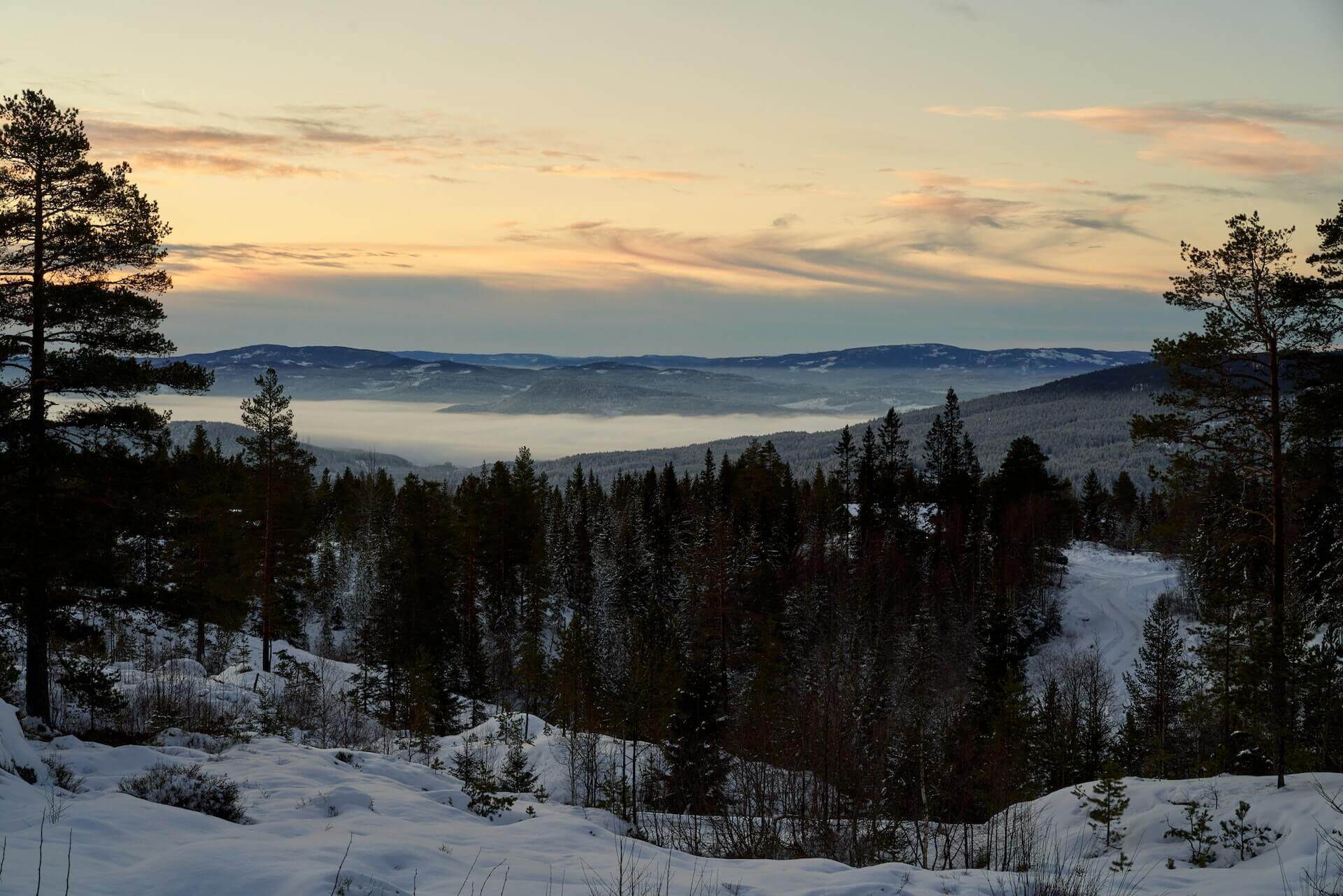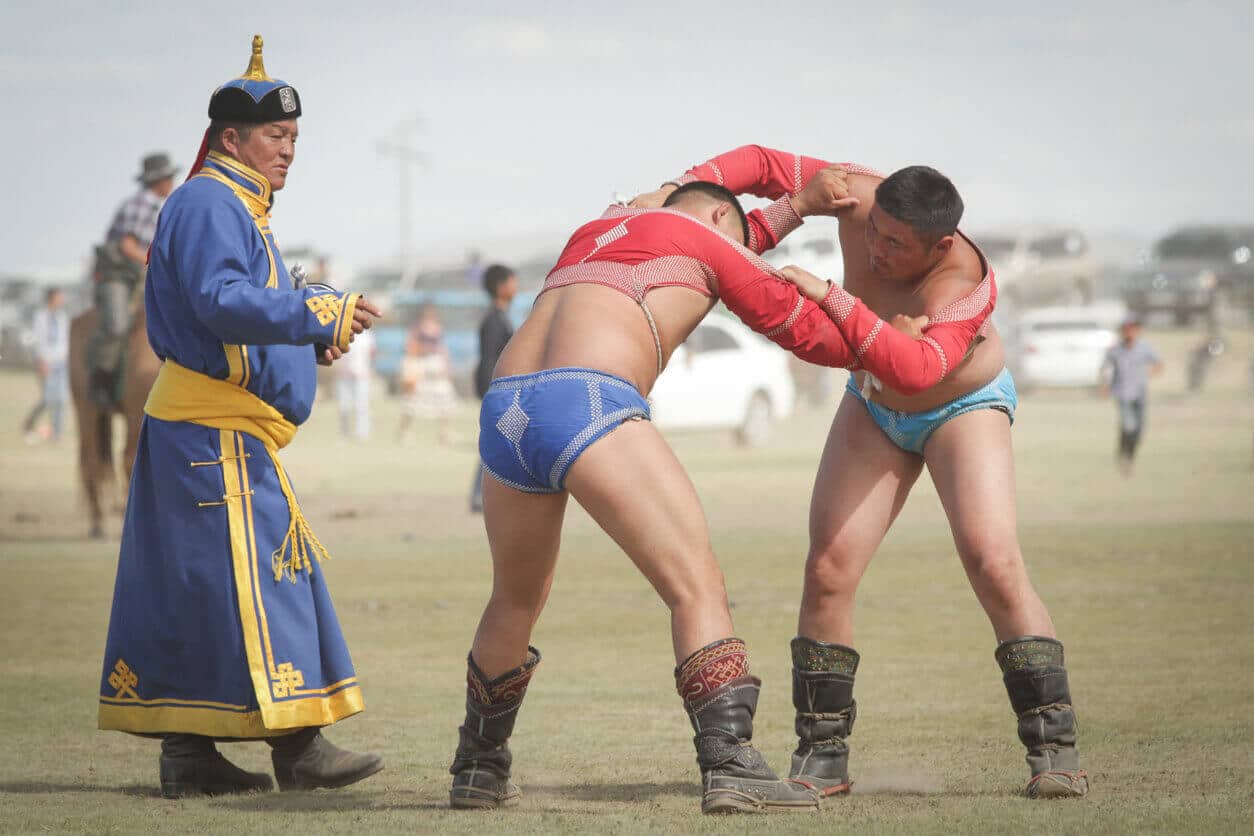Tsagaan sar is the Mongolian national holiday that marks the beginning of the lunar new year. The exact date depends on the lunar calendar.
For Mongolians, Tsagaan Sar is a time to celebrate with family members and friends and to exchange gifts and well-wishes. Tsagaan sar is also an opportunity to reflect on the past year and to set goals for the year ahead.
1. What tsagaan sar is and why it’s celebrated
In the secret history of the Mongols, Genghis Khan /Great Khan/ established the Great Mongolian state and decreed that the white moon should be celebrated at the beginning of the spring. However, in the 18th century, Buddhism was established in Mongolia and the holiday was celebrated jointly with a religious celebration.
Tsagaan Sar is translated to White moon day, but it means the traditional lunar new year in Mongolian culture.
2. How Mongolia celebrates the Lunar New Year
The Dark Moon (Bituun)
The lunar phase of the new or Bituun day is the last day of the old year and is considered to be the most important day of Tsagaan Sar. On this day, families gather together to cook traditional dishes and clean their homes, and areas such as livestock barns. It is also customary to wear new clothes on Bituun.
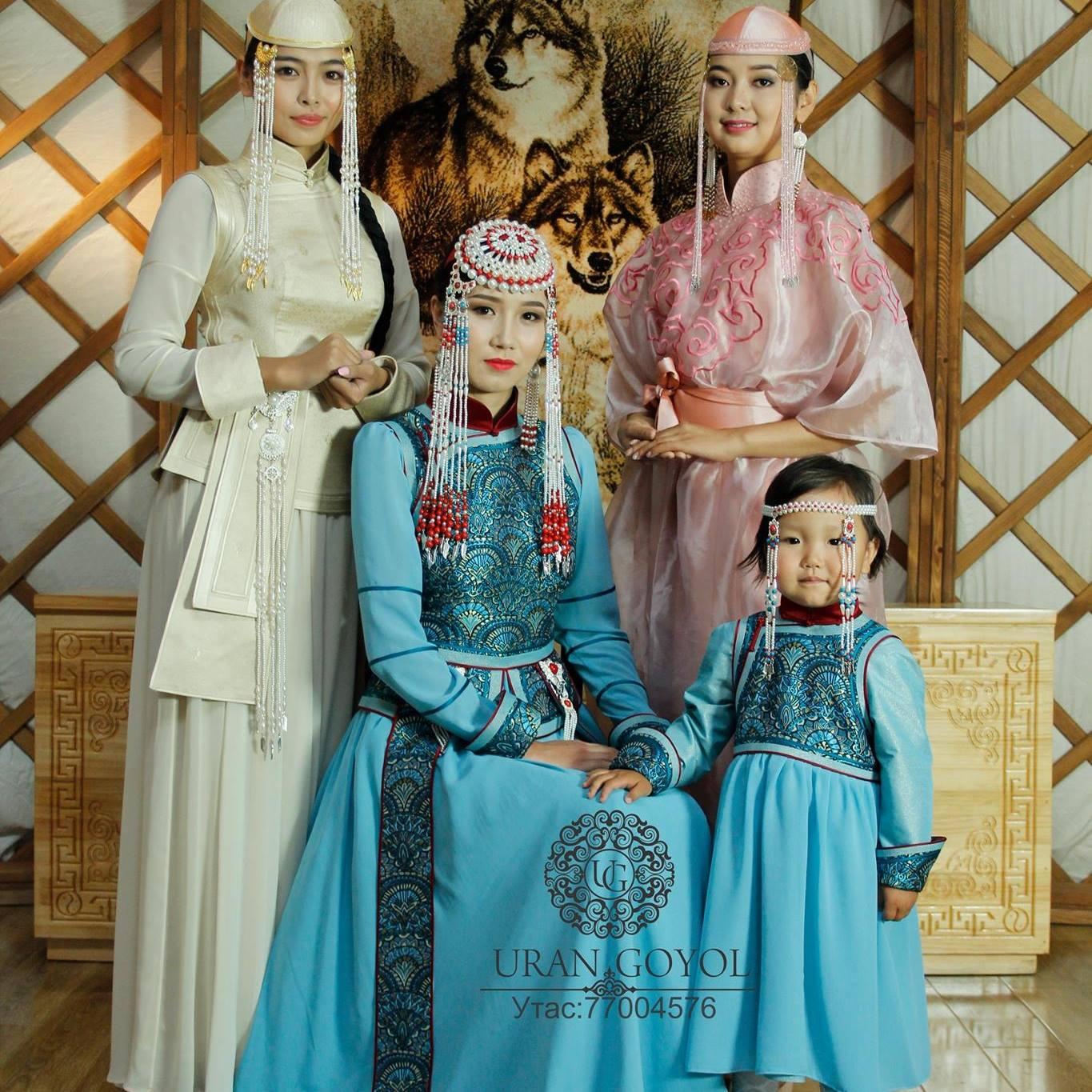
The lunar phases divided into:
- Dark moon /Bituun/
- Crescent moon
- Full moon
- Waxing moon
Some Mongolians believe that giving or lending items to others on Bituun day might bring them bad fortune in the coming year.
Main celebration days
The Mongolian lunar new year, Tsagaan Sar, is celebrated for the first three days. On the first day of the celebration, family members wake up early and perform special holiday rituals when the sun rises.
A typical Mongol family believes that if you complete this ritual, you will have a prosperous and content life in the following year.
After that, people dress up in a full garment of the traditional Mongolian Deel /clothes/. The entire extended family then meets at the residence of the oldest grandparents where they enjoy a lavish feast of traditional Mongolian dishes.
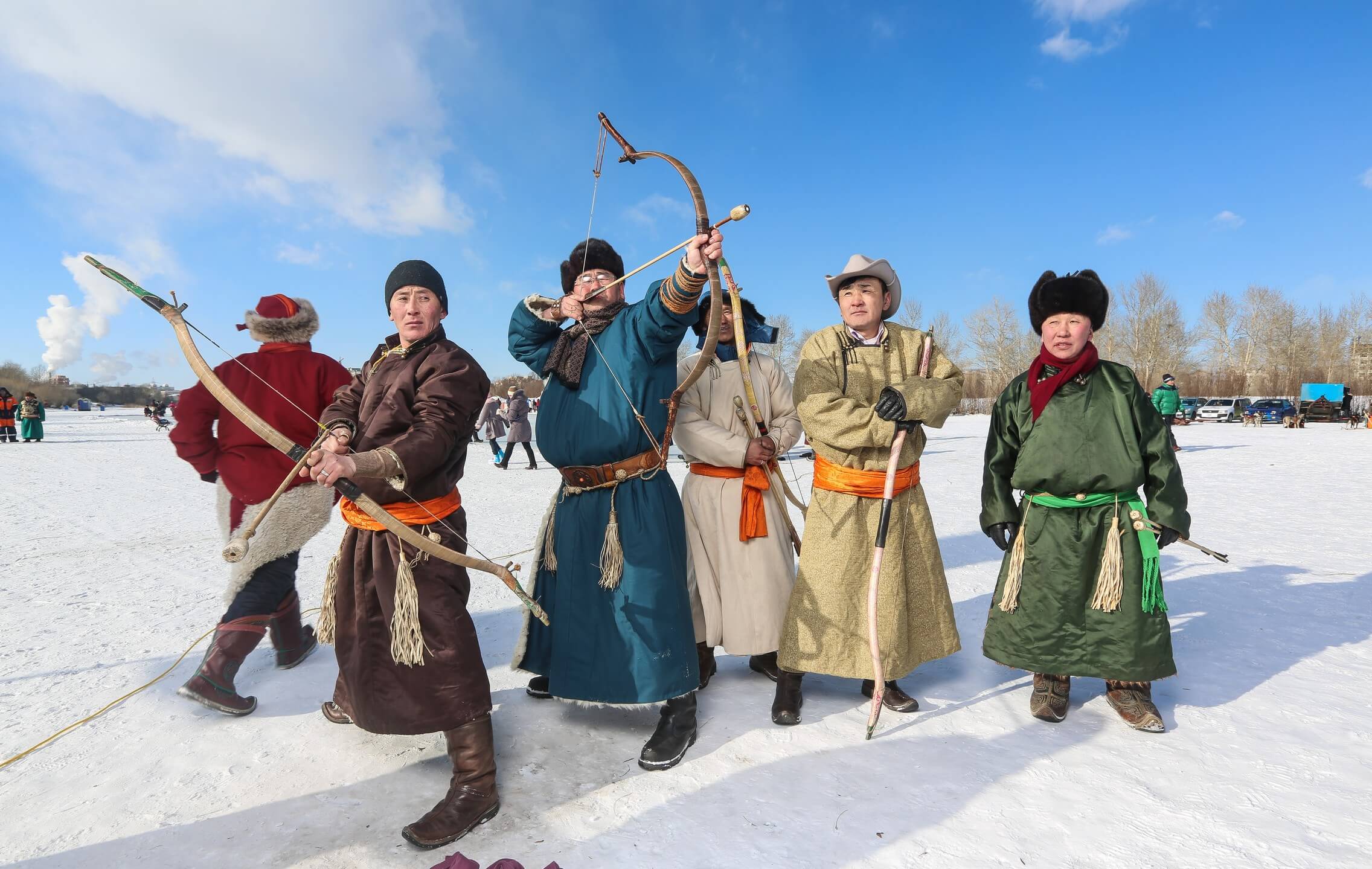
The second day is when people visit friends and family, as well as exchange gifts. Especially younger ones go to the older nomadic families. On the third day, people often participate in sports or go on trips – anything they please.
3. Foods that are eaten during Tsagaan Sar
Many traditional Mongolian dishes are eaten during the Mongolian lunar new year Tsagaan Sar. Some of the most popular dishes include buuz (steamed dumplings), and traditional cookies, salads. Other popular traditional foods include minced mutton, minced beef, and Mongolian dairy products as known Tsagaan idee.

The meat, which is typically a whole sheep, is steamed and placed in the center of the table. It’s customary for every family member to take a piece of both the meat and bones.
Ul boov (long pastries or cookies shaped like shoe sole), yeven, curd, and dairy products are commonly used to decorate another important major meal, Tower of Ul boov.
There are an odd number of layers to this pastry tower because the first layer represents happiness and the second one represents suffering. The philosophy behind this is that Mongolians believe in a circle of life that starts with and ends in happiness.

The three or five-layer Ul boov TOWER is suitable for the father’s family.
Seven-layer Ul boov TOWER can be created by Grandfather’s family. And finally, the government or the president’s family has to have a nine-layer Ul boov TOWER.

Milk tea and the Airag are the main drinks in common families. Airag is made of fermented mare’s milk and is drunk out of a leather bowl. The taste is sour and slightly alcoholic. Milk tea is a common drink in the Nomadic family.
4. Holiday Specific Greetings
Mongolian traditional greeting is simple. You should say “Amar baina uu?” when you meet someone during the Mongolian lunar new year. It means “How are you?” in English. The person you meet will answer “Amaraa Amar baina uu” It means “I’m fine.” That’s how the greeting ceremony starts.
(1).jpg)
Mongols perform Zolgokh movement
As the elders take a seat, younger people will go to the elders and put their arms under their arms in an extended manner. They will ask how the elders are doing in a poetic manner.
The term “Zolgokh” describes the act of an older individual resting his arm on the younger one’s arm.
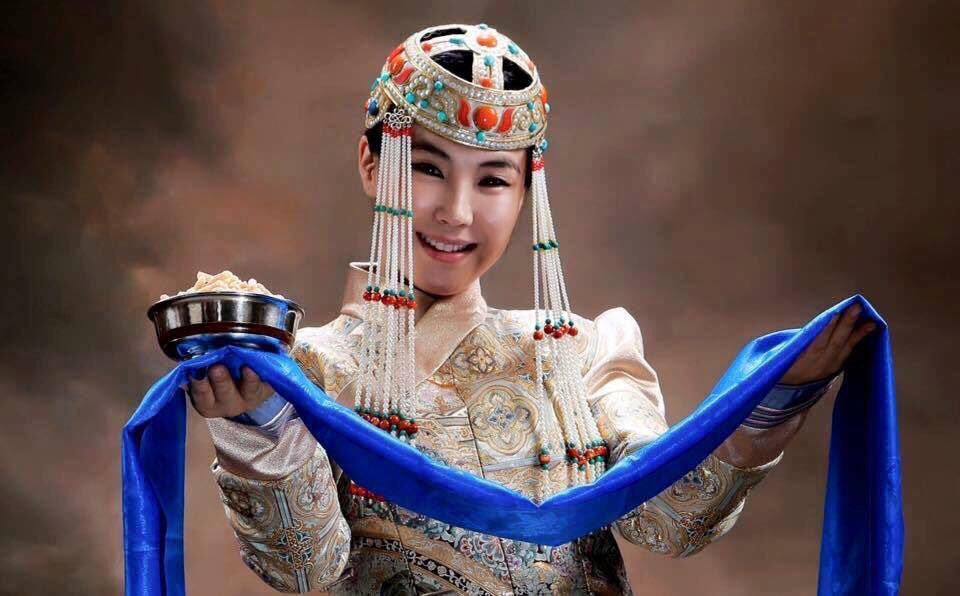
In the lunar year, Mongolian people give a khadag or money gift to a respectable person. It is a ceremonial scarf that is typically blue in color. The khadag has to be made of silk cloths and cashmere. It is a symbol of respect and honor.
Mongolian traditional Snuff
Mongolian people greet each other with snuff at each other during the white moon festival. The Snuff, we called it ”Khuurug”. It is a yellowish-brown coarse powder. It is made of tobacco, ground herbs, and spices. The Khuurug is sniffed through the nose. This is a part of Mongolian cultural heritage.
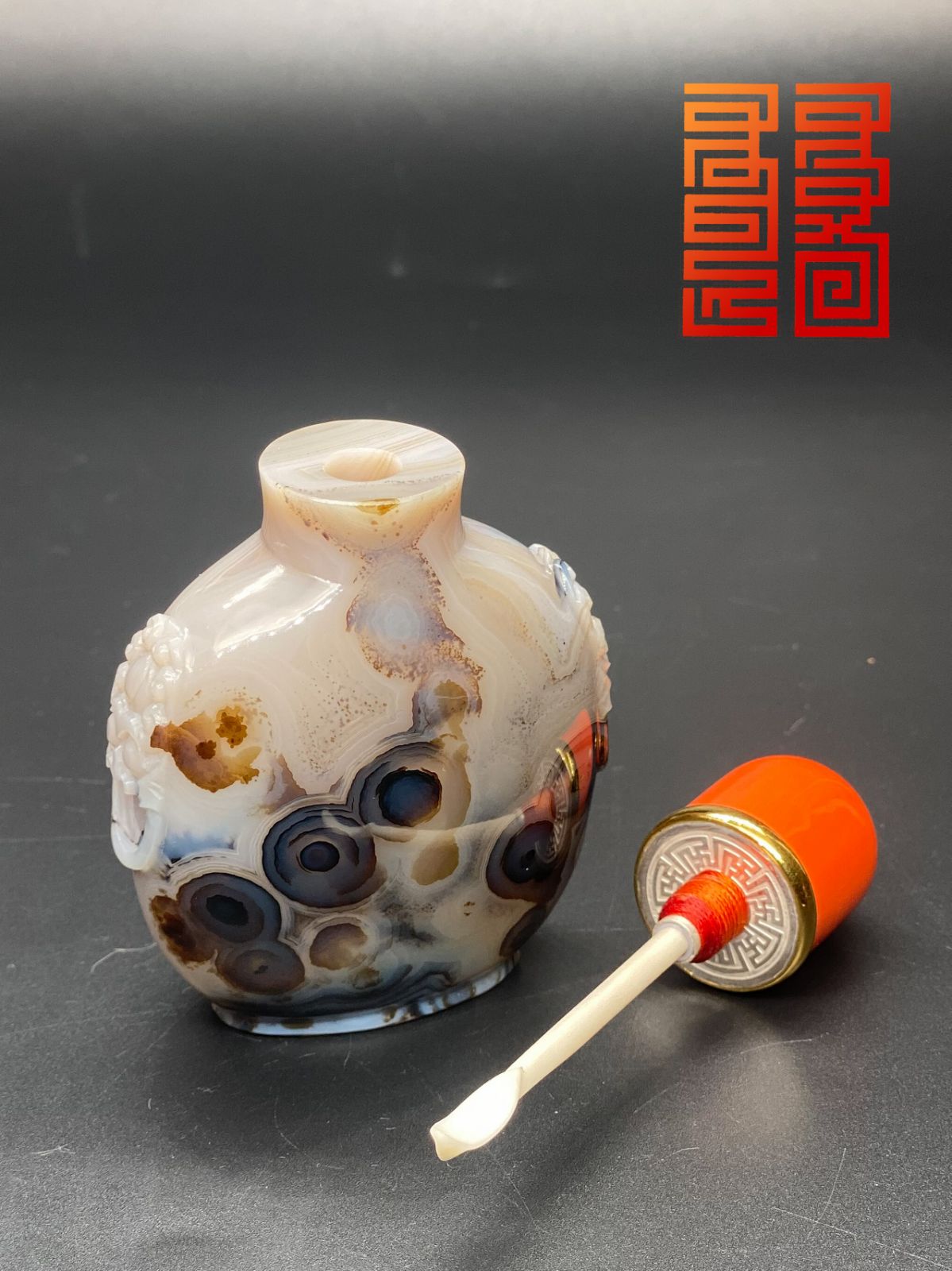
5. Traditional games played during Tsagaan Sar
During Mongolian lunar new year, many families play traditional games together. One popular game is Shagai, which is played with sheep anklebones. Other popular games are horse racing, archery, and wrestling, which are traditional Mongolian sports.
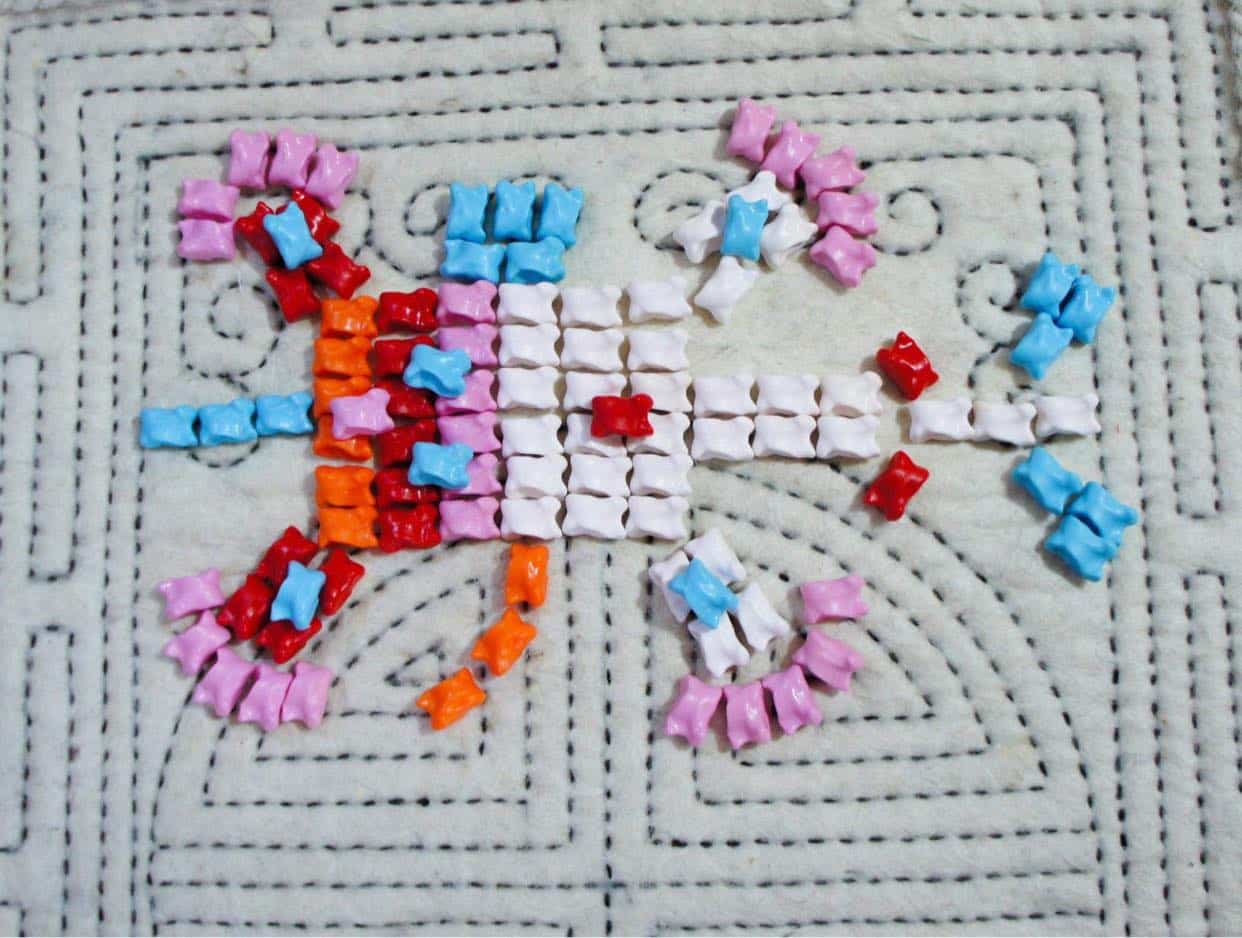
6. Tsagaan sar pronunciation
The Pronunciation is Tsagaan Sar
7. When do Mongolians celebrate the white moon?
The tradition of the new year Tsagaan Sar festival is similar to the Asian countries. Tsagaan Sar starts in spring, the first lunar month on the first day in the lunar calendar.
| Year | Lunar Date |
| 2010 | Feb, 14 |
| 2011 | Jan, 3 |
| 2012 | Feb, 22 |
| 2013 | Feb, 11 |
| 2014 | Jan, 31 |
| 2015 | Feb, 19 |
| 2016 | Feb, 8 |
| 2017 | Feb, 26 |
| 2018 | Feb, 16 |
| 2019 | February 5 |
| 2020 | January 25 |
| 2021 | February 12 |
| 2022 | February 1 |
| 2023 | January 22 |
| 2024 | February 10 |
| 2025 | January 29 |
8. What you need to know about tsagaan sar
If you’re planning to visit Mongolia on New Year’s eve, there are a few things you should know. First, the holiday is a time for family members and friends to get together, so expect large gatherings and lots of noise. Second, traditional Mongolian dishes can be quite salty, so be prepared for some water. And finally, the festival is a time of year when many businesses and government offices are closed, so plan your trip accordingly.
Activities Tsagaan sar festival
In addition to traditional games and feasting, there are many other activities that people enjoy during the festival. These activities include singing and dancing, going on nature hikes, and visiting historical sites. Whatever activity you choose, the festival is a great time to celebrate with the whole family and friends.
9. Tsagaan sar history
The origin of the festival is unclear, but it is thought to date back to the time of the Mongol Empire. The Lunar New Year was originally a time for the Mongolian people to pay homage to their ancestors and is still celebrated as such today.
10. Lunar new year Facts in Mongolia
Fact 1
Because the body and soul of a husband and wife are considered to be one individual, they don’t greet each other during Lunar New Year.
Fact 2
Pregnant people do not greet each other, because of the superstition that the sex of the fetus will change if they greet.
Fact 3
The guest can only eat meat or main dishes after they taste dairy products /tsagaan idee/. Dairy products symbolized a good and healthy life.
Fact 4
Given that the main point of this holiday is to show gratitude and honor for our siblings and family, it’s customary to meet them.
Fact 5
When people with the same age greet or ‘zolgokh’ each other, they can put one arm on top of the other and the other below the other person.
Let us know in the omments below! or join our newsletter today
Related Content:
Playtime Festival Things to Know
Mongolian New Year (2026)
The Mongolian Wrestling: 6 Interesting Facts
Naadam Festival 3 Unique Events You Won’t Want to Miss
Share to Public


